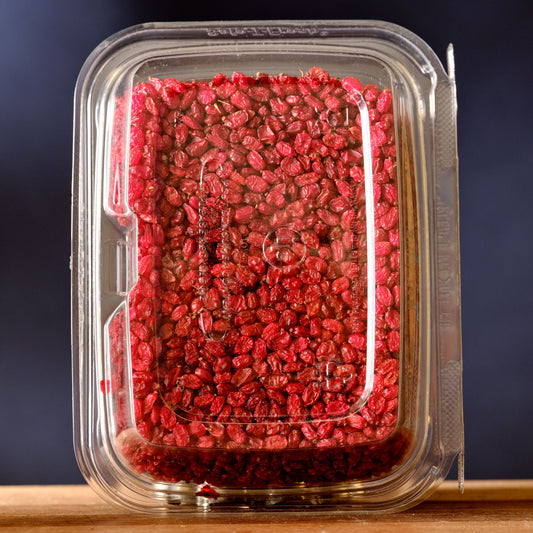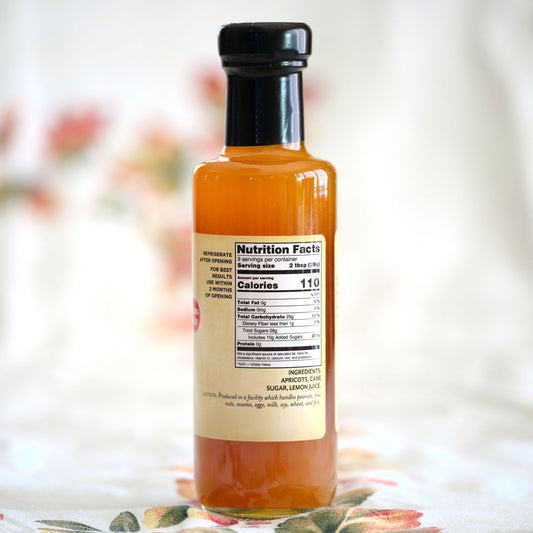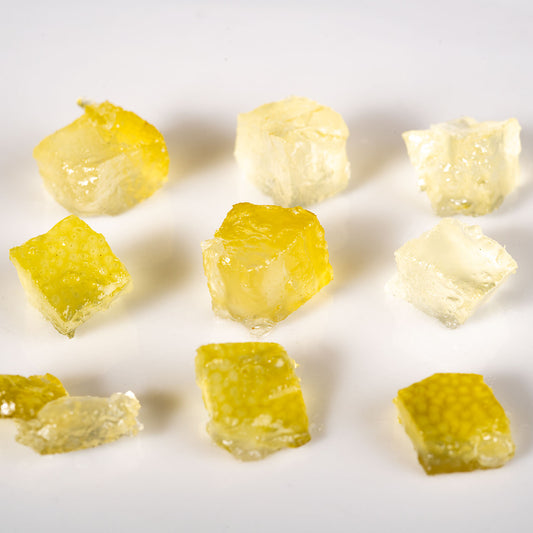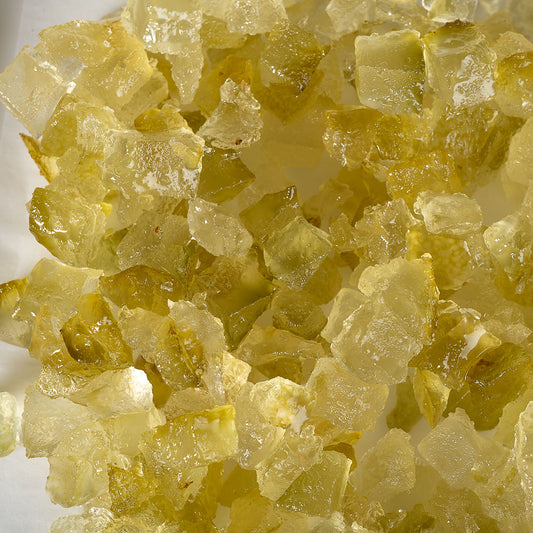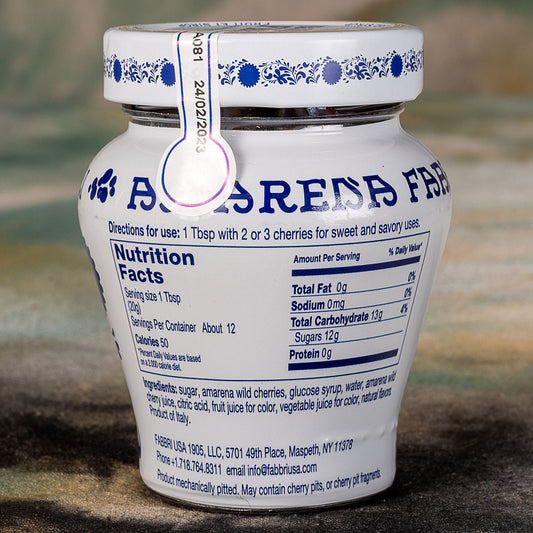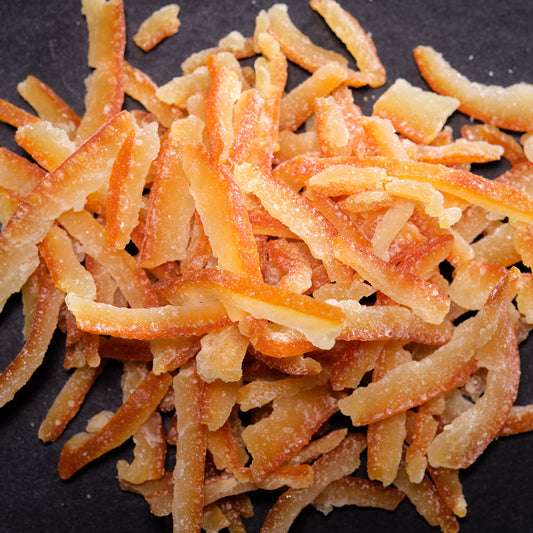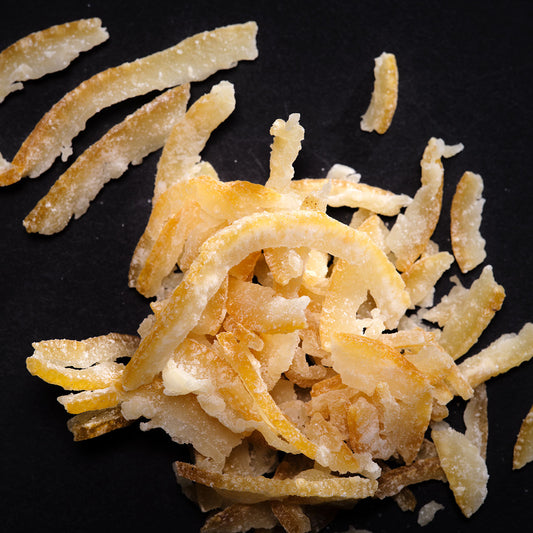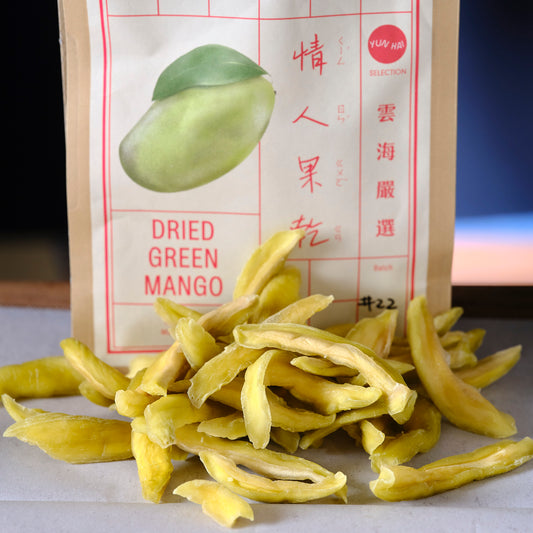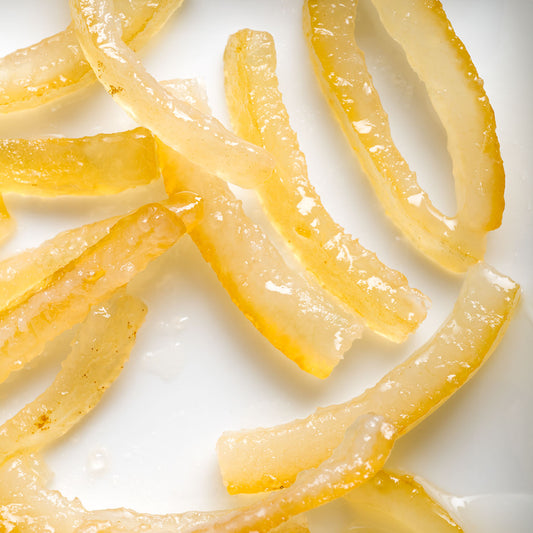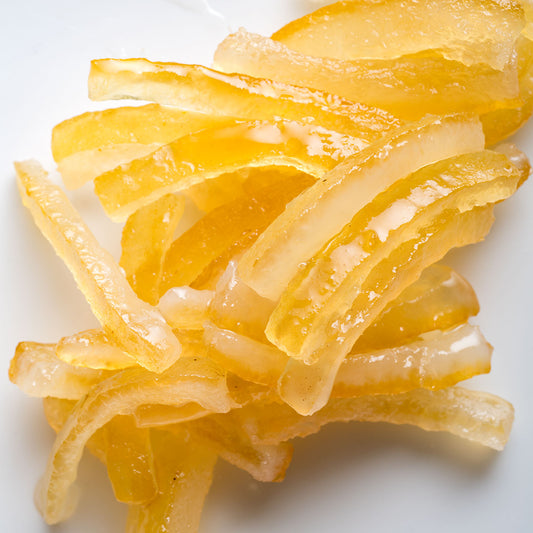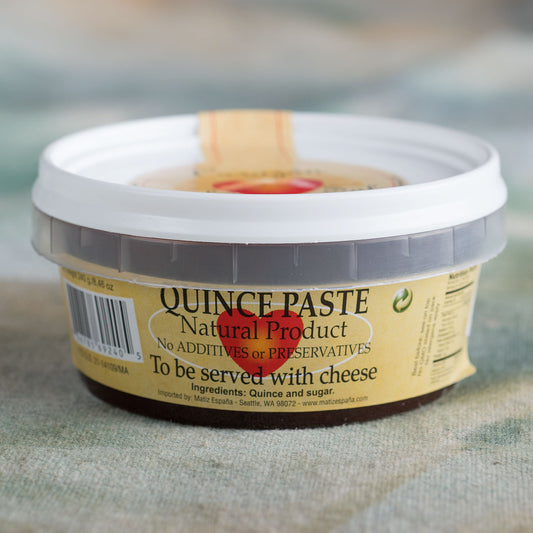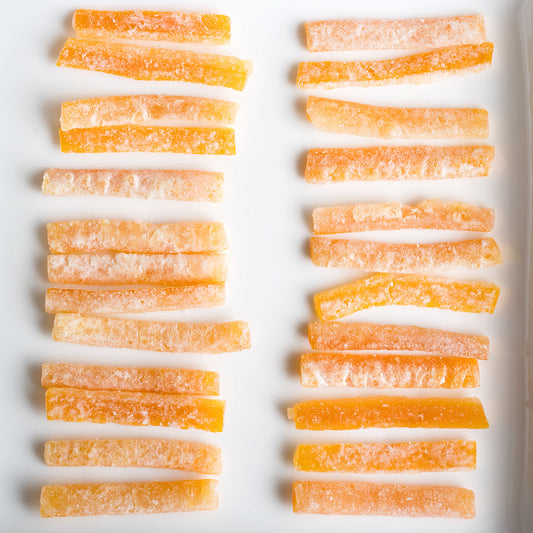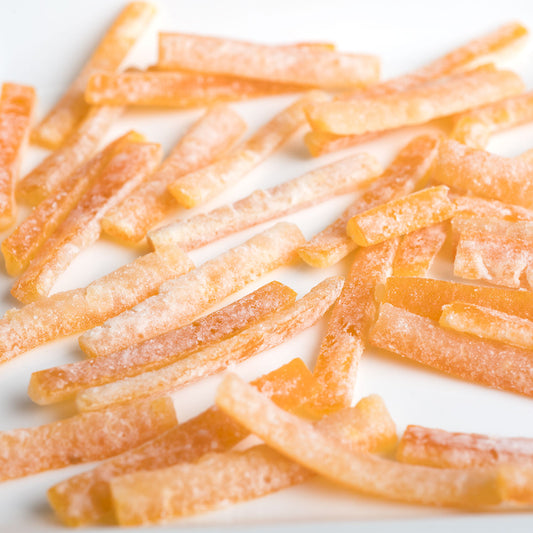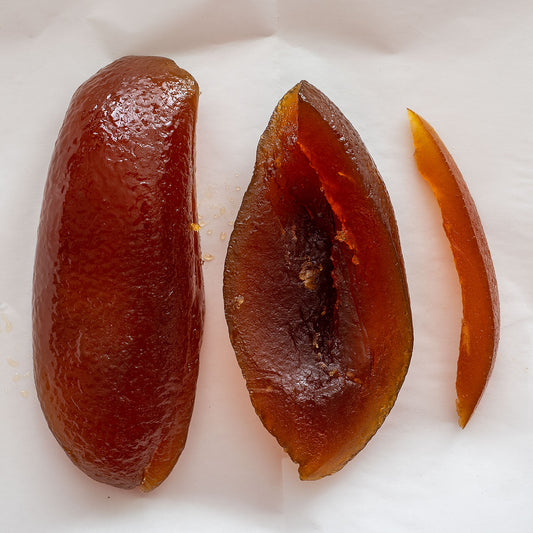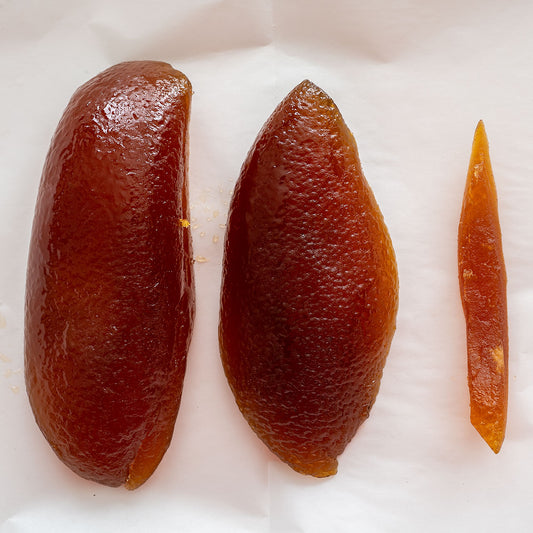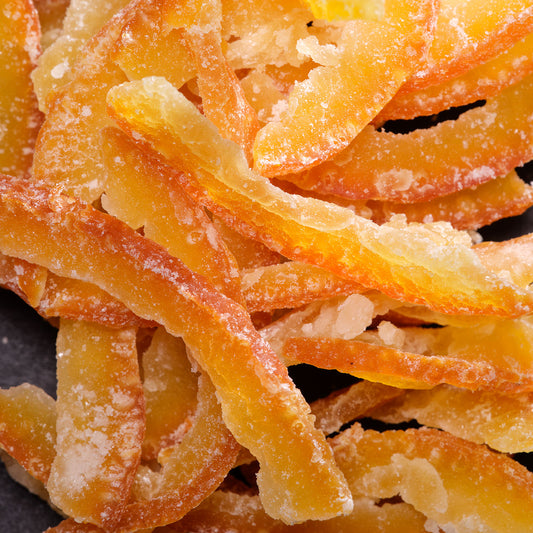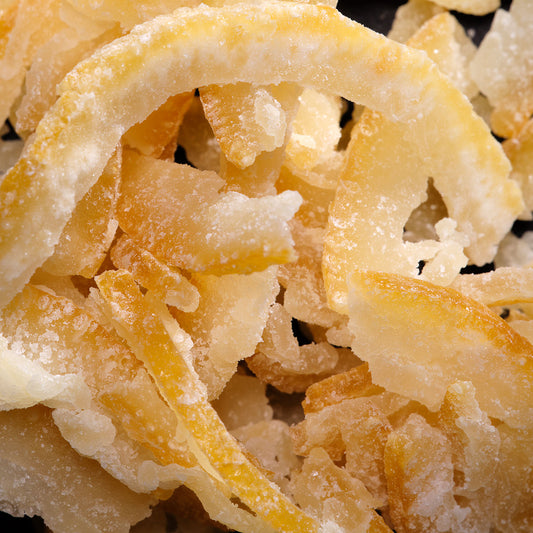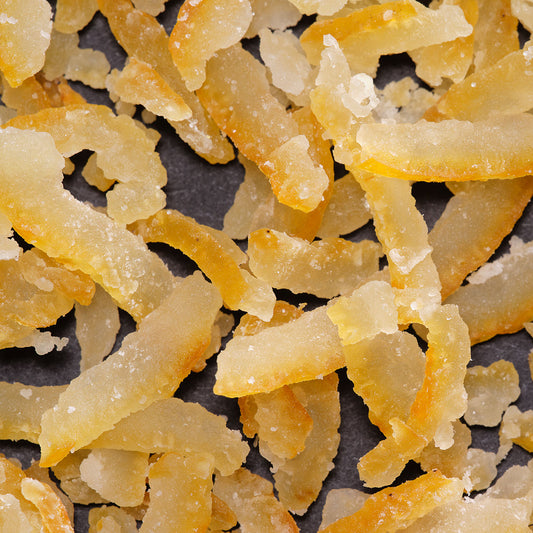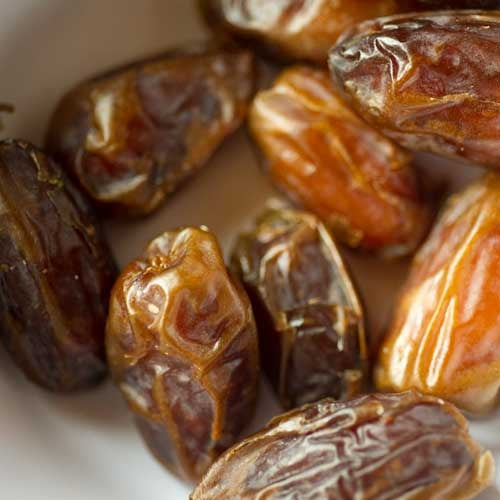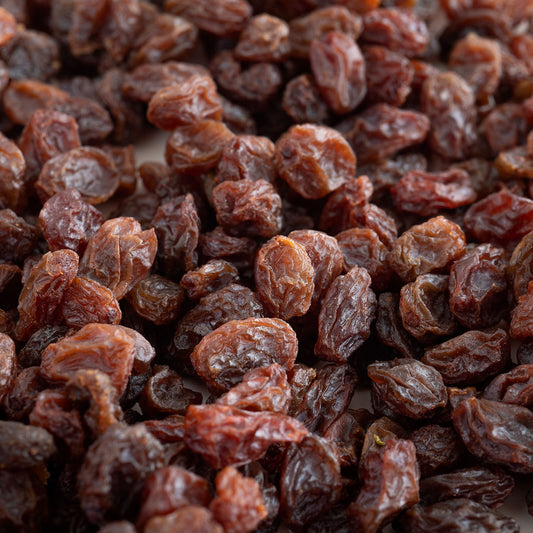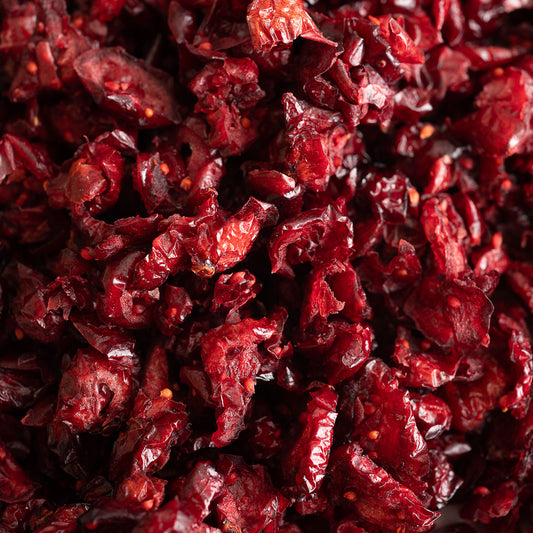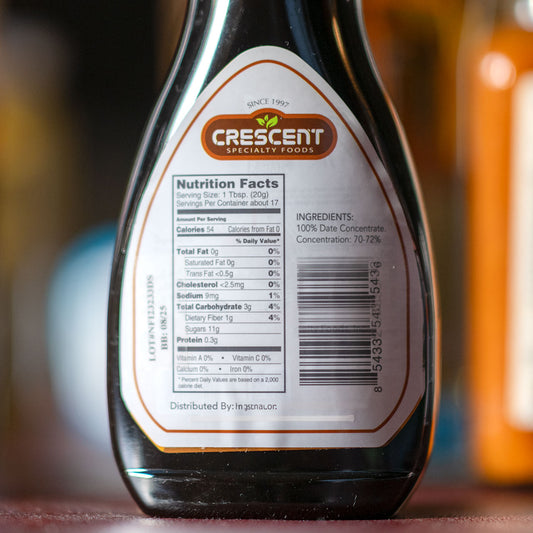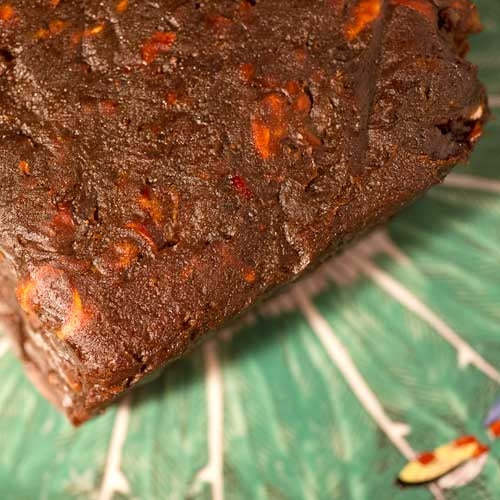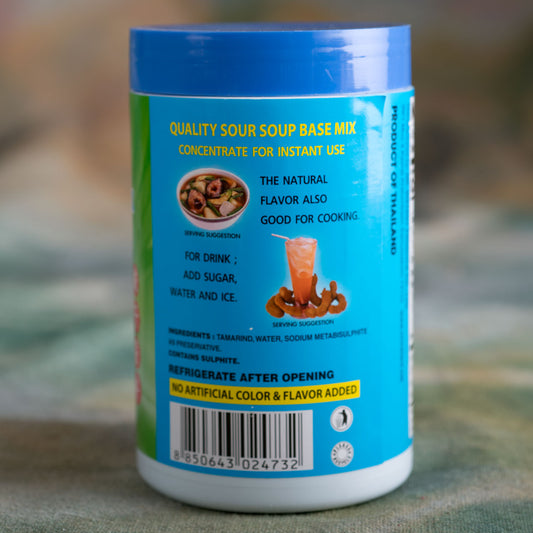Preserved Fruit
about Preserved Fruit: click here to read more
Preserving fruit has a long history, dating back to ancient civilizations when it was essential to ensure a food supply during times when fresh crops were not available.
The Egyptians, Greeks, and Romans often preserved fruits by drying them in the sun or in ovens. Additionally, some fruits were fermented or stored in honey as a form of preservation.
During the Middle Ages, fruit preservation became more refined, especially in Europe.
People began making jams, jellies, and preserves, often using sugar—a rare and expensive commodity at the time—to enhance both flavor and preservation. Common fruits for preserves included cherries, peaches, and quinces, and spices like cinnamon and cloves were frequently added for flavor and their antimicrobial properties.
The widespread access to sugar, driven by the expansion of sugar plantations, made fruit preserves more common in households. As sugar became more affordable, recipe books began including instructions for making jams, jellies, and marmalades, and preserving fruit in syrup also gained popularity.
In the United States, pioneers and settlers preserved fruits like apples, berries, and stone fruits to ensure a steady food supply during the winter months.
The invention of canning by Nicolas Appert in the early 19th century revolutionized food preservation. Appert's method was initially developed to preserve food for Napoleon’s army, and it later led to the mass production of canned fruits.
By the late 1800s, canned fruits became widely available on the market, changing the way fruits were stored and consumed.
-
Dried Barberries
Regular price $12.95 USDRegular priceUnit price / per$0.00 USDSale price $12.95 USD -
Zereshk Dried Barberries
Regular price $12.95 USDRegular priceUnit price / per$0.00 USDSale price $12.95 USD -
Oregon Growers Raspberry Fruit Syrup
Regular price $12.55 USDRegular priceUnit price / per$0.00 USDSale price $12.55 USD -
Oregon Growers Apricot Fruit Syrup
Regular price $11.95 USDRegular priceUnit price / per$0.00 USDSale price $11.95 USD -
Italian Candied Citron Peel - Cubes
Regular price $22.95 USDRegular priceUnit price / per$0.00 USDSale price $22.95 USD -
Candied Sorrento Lemon (PGI) Peel - Quarters
Regular price $25.95 USDRegular priceUnit price / per$0.00 USDSale price $25.95 USD -
Sadaf Pomegranate Concentrate
Regular price $16.95 USDRegular priceUnit price / per$0.00 USDSale price $16.95 USD -
Fabbri Amarena Wild Cherries in Syrup
Regular price $28.95 USDRegular priceUnit price / per$0.00 USDSale price $28.95 USD -
Artibel Baked Calabrian Figs
Regular price $15.55 USDRegular priceUnit price / per$0.00 USDSale price $15.55 USD -
Kankitsu Labo Dry Candied Iyokan Peel - 1.05 oz
Regular price $4.95 USDRegular priceUnit price / per$0.00 USDSale price $4.95 USD -
Kankitsu Labo Dry Candied Kawachi Bankan Peel - 1.05 oz
Regular price $4.95 USDRegular priceUnit price / per$0.00 USDSale price $4.95 USD -
Dried Green Mango from Taiwan
Regular price $11.95 USDRegular priceUnit price / per -
French Candied Lemon Peel
Regular price $19.95 USDRegular priceUnit price / per$0.00 USDSale price $19.95 USD -
Quinta do Freixo Portuguese Fig Cake - 200 gram
Regular price $29.95 USDRegular priceUnit price / per -
Organic Dried Tart Cherries
Regular price $15.95 USDRegular priceUnit price / per$0.00 USDSale price $15.95 USD -
Amarena Toschi Black Cherries in Syrup - 1 Kilo Tin
Regular price $49.95 USDRegular priceUnit price / per$0.00 USDSale price $49.95 USD -
Candied Amanatsu Mandarin Peel for Baking
Regular price $19.95 USDRegular priceUnit price / per$0.00 USDSale price $19.95 USD -
Candied Ginger Slices
Regular price $12.95 USDRegular priceUnit price / per$0.00 USDSale price $12.95 USD -
 Restocking - choose Notify me
Restocking - choose Notify meCandied Yuzu Peel for Baking
Regular price $19.95 USDRegular priceUnit price / per$0.00 USDSale price $19.95 USDRestocking - choose Notify me -
Corazon del Sol Membrillo Quince Paste
Regular price $6.95 USDRegular priceUnit price / per$0.00 USDSale price $6.95 USD -
French Candied Orange Peel
Regular price $26.95 USDRegular priceUnit price / per$0.00 USDSale price $26.95 USD -
Italian Candied Pink Grapefruit Peel
Regular price $20.95 USDRegular priceUnit price / per$0.00 USDSale price $20.95 USD -
Kankitsu Labo Dry Candied Amanatsu Peel - 1 Kilo
Regular price $98.00 USDRegular priceUnit price / per$0.00 USDSale price $98.00 USD -
Kankitsu Labo Dry Candied Kawachi Bankan Peel - 1 Kilo
Regular price $98.00 USDRegular priceUnit price / per$0.00 USDSale price $98.00 USD -
Kankitsu Labo Dry Candied Setouchi Lemon Peel for Baking
Regular price $18.95 USDRegular priceUnit price / per$0.00 USDSale price $18.95 USD -
Kankitsu Labo Dry Candied Yuzu Peel - 1 Kilo
Regular price $98.00 USDRegular priceUnit price / per$0.00 USDSale price $98.00 USD -
Labo Dry Candied Setouchi Lemon Peel - 1 Kilo
Regular price $98.00 USDRegular priceUnit price / per$0.00 USDSale price $98.00 USD -
Medjool Dates
Regular price $15.95 USDRegular priceUnit price / per$0.00 USDSale price $15.95 USD -
Natural Preserved Lemons - Organic
Regular price $11.55 USDRegular priceUnit price / per$0.00 USDSale price $11.55 USD -
Organic Dried Mission Figs - 1-pound Bag
Regular price $23.95 USDRegular priceUnit price / per$0.00 USDSale price $23.95 USD -
Organic Thompson Raisins
Regular price $8.95 USDRegular priceUnit price / per$0.00 USDSale price $8.95 USD -
Organically-Grown Sweetened Dried Cranberries
Regular price $14.95 USDRegular priceUnit price / per$0.00 USDSale price $14.95 USD -
Premium Date Syrup
Regular price $12.95 USDRegular priceUnit price / per$0.00 USDSale price $12.95 USD -
Semi-Candied Amarena Sour Cherries - Italy
Regular price $23.95 USDRegular priceUnit price / per$0.00 USDSale price $23.95 USD -
Semi Dried Tamarind - Seedless
Regular price $7.95 USDRegular priceUnit price / per$0.00 USDSale price $7.95 USD -
Tamarind Concentrate
Regular price $6.95 USDRegular priceUnit price / per$0.00 USDSale price $6.95 USD



